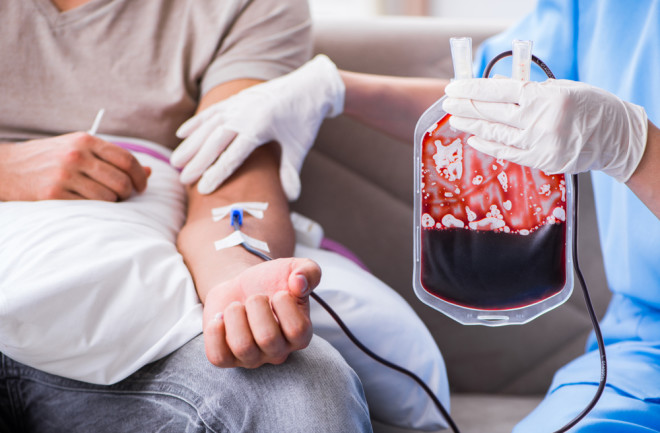It’s a compelling sci-fi trope: Pump a young person’s blood straight into your veins and regain the strength and vitality you had decades ago. The Simpsons riffed on the idea when a gravely ill Mr. Burns got infusions of Bart’s blood, leapt from his bed and sprinted away, cured.
Can Young-Blood Infusions Reverse the Aging Process?
Elixir-of-youth transfusion claims are baseless — and dangerous. The smart money is on more careful research testing young blood components that might offer anti-aging benefits.
May 27, 2022 2:00 PMMar 17, 2023 8:38 PM

(Credit: Elnur/Shutterstock)
Newsletter
Sign up for our email newsletter for the latest science news
0 free articles left
Want More? Get unlimited access for as low as $1.99/month
Stay Curious
Sign up for our weekly newsletter and unlock one more article for free.
View our Privacy Policy
Want more?
Keep reading for as low as $1.99!
Already a subscriber?
Find my Subscription
More From Discover
Stay Curious
Subscribe
To The Magazine
Save up to 40% off the cover price when you subscribe to Discover magazine.
Copyright © 2025 LabX Media Group
